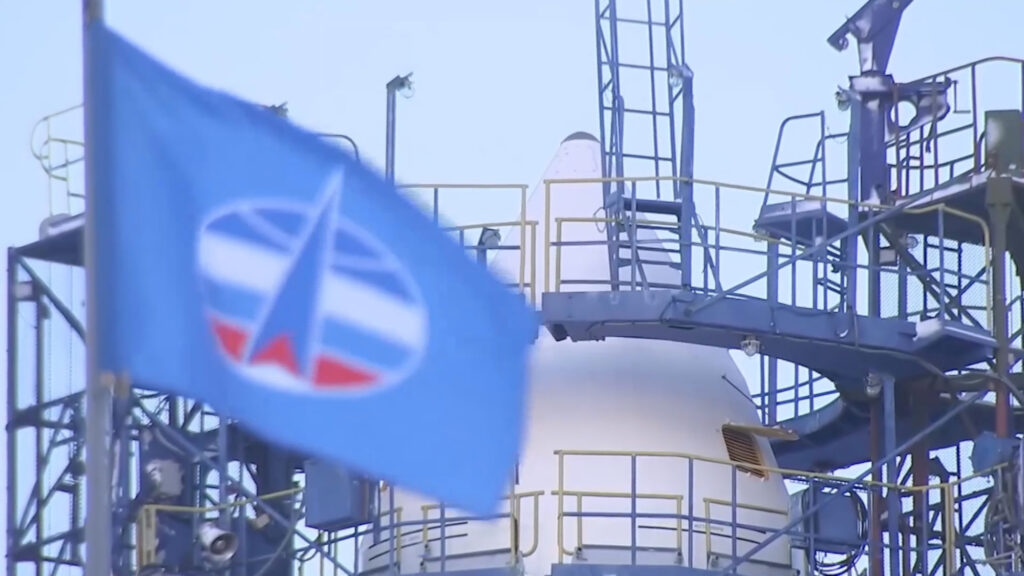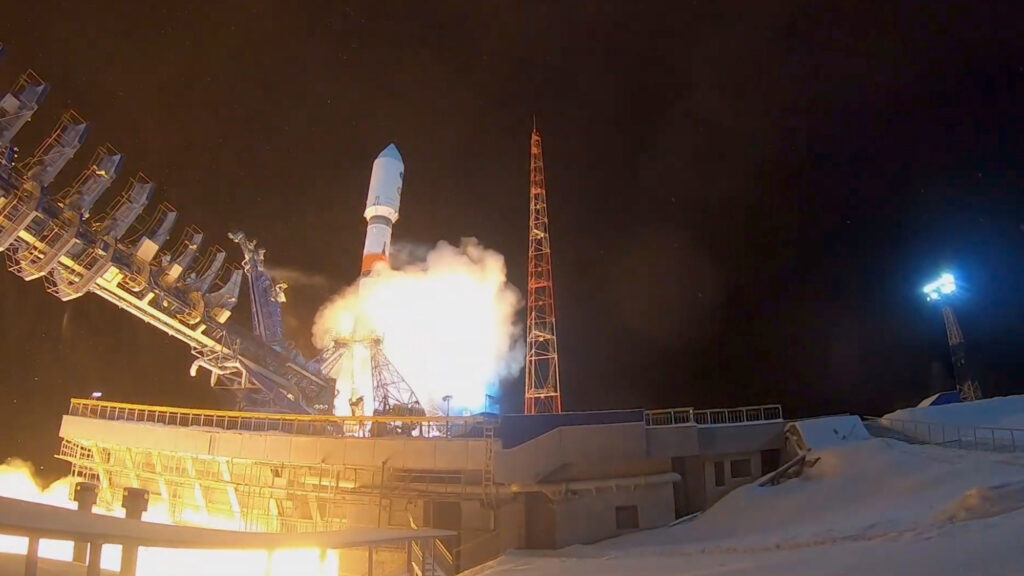Russian Military Successfully Launches Space Rocket Weeks After Satellite Explosion Drew Condemnation
This is the moment the Russian military’s aerospace branch successfully launches a rocket carrying a military satellite system into space from the same cosmodrome that fired a missile that blew up a satellite and put the crew on board the International Space Station in danger.
The Soyuz-2.1B medium-class carrier rocket was launched carrying the Tundra 15L early warning satellite for the Russian Ministry of Defense from the Plesetsk cosmodrome in the Arkhangelsk region of Russia today, 25th November, the Russian Ministry of Defence said in a statement.
The last launch from the Plesetsk Cosmodrome saw an anti-satellite missile known as the ‘Nudol missile’ fired at a defunct Soviet Tselina-D ELINT satellite on 15th November.

The ministry said at the time: “The Russian Ministry of Defence successfully conducted a test on Nov. 15 that hit the non-operational Russian spacecraft Tselina-D, which had been in orbit since 1982.”
The missile was fired as a test of the anti-satellite weapon’s capabilities, it destroyed the satellite which resulted in debris being fired towards the International Space Station (ISS).
The incident made headlines when NASA announced that the debris could end up hitting the ISS and put the Expedition 66 crew onboard in danger.

Following the incident, NASA Administrator Bill Nelson said in a statement: “Earlier today, due to the debris generated by the destructive Russian Anti-Satellite (ASAT) test, ISS astronauts and cosmonauts undertook emergency procedures for safety.
“Like Secretary Blinken, I’m outraged by this irresponsible and destabilizing action. With its long and storied history in human spaceflight, it is unthinkable that Russia would endanger not only the American and international partner astronauts on the ISS but also their own cosmonauts.”
The Russian Ministry of Defence responded to the accusation by stating that the debris did not pose any danger to the ISS and that Washington was well aware of this.

They added that the United States, China and India have carried out similar missions in the past.
The Tundra 15 is an early warning satellite that will join the four Tundra satellites currently orbiting our earth.
The satellites are designed and built by the Russian military and are able to detect ballistic missile launches that may be heading towards Russia.

They are also rumoured to have a secure communication system designed to function in case of a nuclear war on earth.
The Plesetsk Cosmodrome is regularly used by the Russian military to launch satellites and missiles into space and has been in operation since 1957.
This was the 69th launch of the Soyuz-2.1B rocket and the mission was made possible by over 40 ground-based measuring devices and more than 70 combat crews of the 15th army of the Aerospace Forces.



